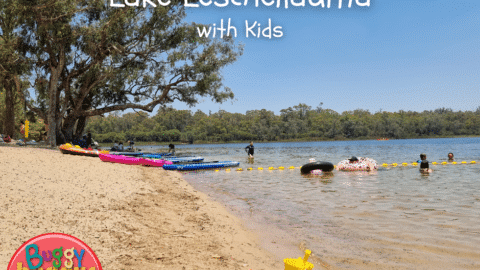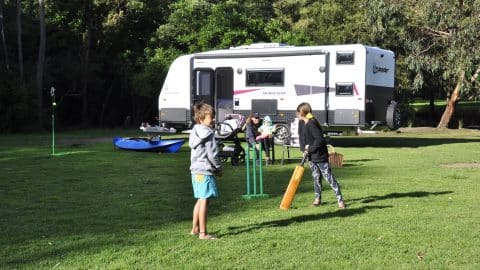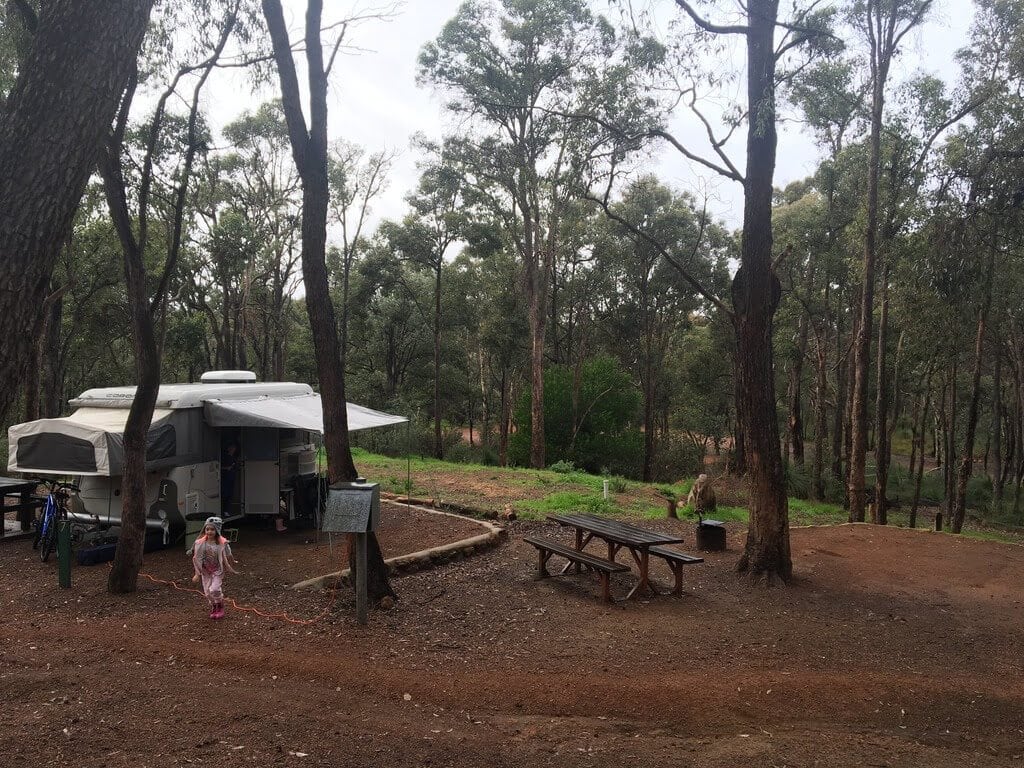How nice to take a break from the sultry noisy city and spend a weekend in nature, taking with you your closest friends, a guitar, tents, fishing rods and insect repellents. But only if you’re not a hardened hiker, and if you don’t have a camping backpack ready in your closet with everything you need, here are 9 tips for making your camping experience more comfortable.
1. Check if the contents of the tent are in order?
Before heading out on a hike at full speed, check if all the ropes, pegs and other components of your tent are in place. Better yet, assemble and dismantle your tent at home to make sure you have all the parts you need. As a rule, a tent consists of an inner light tent with a waterproof bottom and a mosquito net and an outer tent, which is designed to protect against rain and wind. The kit also usually includes pegs, ropes, and frame bows that help keep your overnight stay in place during high winds.
We also highly recommend that you go ahead and check all the zippers on your tent. At night, various living creatures can crawl into your tent, and you are unlikely to be happy to meet them.
2. Make sure you know how to pitch a tent
Read the instructions first. Seriously. It hasn’t hurt anyone yet. After all, if you put up a crooked tent, this will not only upset any perfectionist but may well seriously spoil your impressions of the rest. An unevenly pitched tent can leak if it suddenly rains or not be stable enough if a strong wind picks up.
Remember that the tent must be set up on a flat surface without bumps and holes. Otherwise, you will be provided with a sleepless night and a spoiled mood. Use Ledlenser led headlamps at night.
3. Don’t Forget a Mattress
“Why do you need a mat if the tent has a waterproof bottom?” You ask. Yes, then, that the bottom, maybe waterproof, but definitely not equipped with heating. Therefore, if you do not want to freeze something for yourself, take care to take an air mattress with you. A high-quality and good mattress can save you from moisture and cold, but it will still be harsh to sleep on it. (Although experienced tourists say that by the third night the backstops hurting and all thoughts are busy with how to get into the shower faster)
An air mattress in this situation will help lovers of comfort in any condition, although it costs more and takes up more space among your equipment.
4. Check your sleeping bag
If you think that it’s summer, then you can get by with a simple blanket – you’ve never been so wrong. In nature, especially in the morning and especially near a pond, the cold is felt with particular force.
Therefore, we advise you to take the choice of a sleeping bag with all seriousness. Each sleeping bag is marked with the temperature for which it is designed. When buying a sleeping bag, think carefully about the conditions and how you will use it.
5. Don’t forget insect protection
Spiders, mosquitoes, beetles and even mice are not the kinds of neighbourhood that a person usually enjoys. In order to avoid the penetration of various living creatures into your tent, make sure that the doors of your lair are closed.
If the insects do get in, you can smoke the coils or spray them with any bug spray. But all these products have a rather unpleasant smell and you would not want to sleep in a tent with not only insects but also yourself.
6. Take a pillow with you
And now we are not talking about your favourite homemade downy beauty, on which it is so pleasant to while away the long winter nights. And not even about that little throw pillow from the couch that your dog loves. A small and compact inflatable pillow can brighten up your rest after a hard day, and you can sleep well. Such pillows are sold in sports stores and large supermarkets.
As an alternative to a pillow, you can use a sleeping bag cover. You can put warm things (for example, a jacket) in it. And you are comfortable, and the tent is in order.
7. Need more replacement socks!
In hiking conditions, there can be various situations and you may have to change your socks more than once a day. And they do not take up much space, so do not be modest and take more.
8. Get a folding chair or seating mat
In order not to waste time looking for a comfortable log, not to sit on blankets, or even worse – on damp ground, take folding chairs with you. Also useful is a seat cushion, which is attached directly to your body with straps. Of course, chairs and armchairs are much more comfortable, but such a mat will not get lost and you will have a place to sit wherever you go, and your hands will remain free.
9. Take care of the lighting of the tent and camping area
Unfortunately, the forest is not illuminated at night, and in order not to stumble over the legs of friends, and other tents and not to make your way through the camp by touch, prepare an economical, but powerful enough lighting. Now there is a huge selection of camping lanterns that are sold in any tourist shop.















